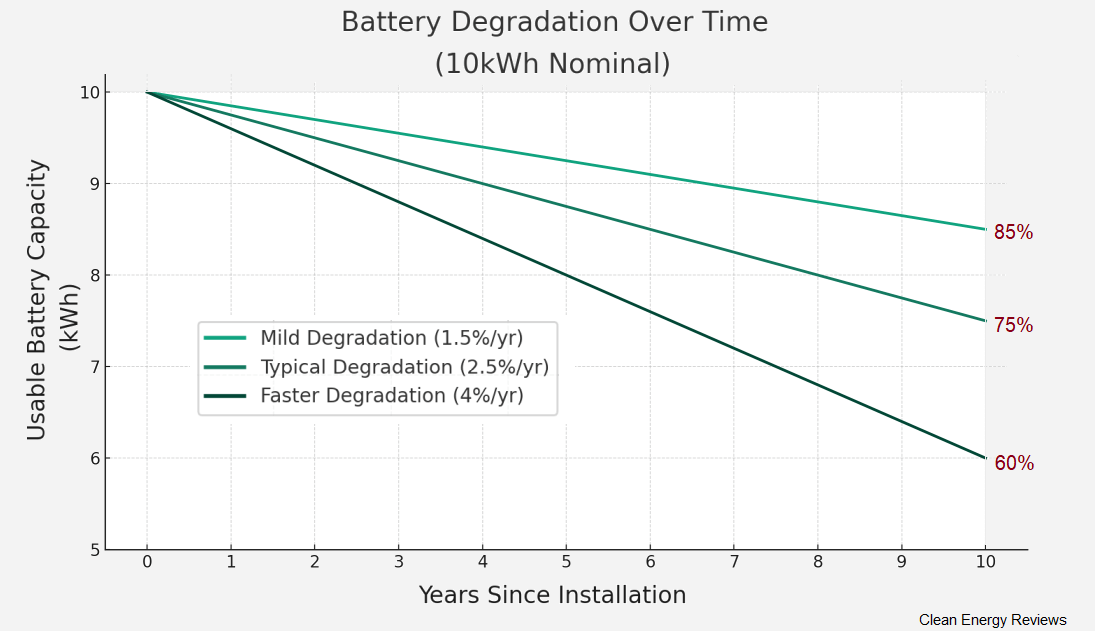Solar and EV Charger Calculator
Solar panels and electric vehicles (EVs) are two of the most popular ways to reduce your environmental impact and save money on your energy and fuel bills. But how do you know how many solar panels you need to power your EV? And how do you know what kind of EV charger is right for you? EV charging at home will increase your electricity consumption significantly, so it is essential to understand how to optimise charging to reduce costs.
That's where a solar and EV charger calculator comes in. Our Photonik solar and EV charging calculator can help you determine the size and type of solar system you need to power your EV, as well as the best EV charger for your home. Learn more about how solar EV charging works.
Reasons to use the Photonik solar and EV charger calculator
Save money. Solar panels and EVs can save a significant amount of money on your energy bills. A solar and EV charger calculator can help you estimate how much money you could save so you can decide whether to invest in these technologies.
Reduce your environmental impact. Solar panels and EVs are environmentally friendly ways to power your home and vehicle. A solar and EV charger calculator can help you quantify the environmental benefits of these technologies so you can make a decision that is aligned with your values.
Make the most of your solar system. A solar and EV charger calculator can help you ensure your solar system is sized correctly to power your EV. This will help you get the most out of your investment and save the most money on your energy bills.
How to use the solar and EV charger calculator
Step 1:
Open the Photonik Calculator and enter your state or postcode. Next, select your average electricity bill amount. This will estimate how much electricity your household uses on average per day which is needed to calculate how much excess solar energy is available to charge an EV.
To refine the results, you can enter your exact electricity tariffs in the tariffs tab. You can also come back at a later stage to adjust the tariffs if needed.
Step 2:
Open the Electric Vehicle tab at the bottom and select which EV you’re considering buying. Then choose your EV charger type. If you don’t know what type of charger you will need, we suggest you try the default 15A plug-in charger, to begin with. Now use the slider to set the average daily distance you expect to drive. Note, if you drive over 80km per day, we advise selecting the larger AC 7kW charger.
Step 3:
Move to the ‘System Size’ step to add your solar system. The calculator automatically suggests a solar array size range based on your consumption and EV charging needs.
Step 4:
Once you have completed the Solar Size step, you can see a simulated estimate of your average daily energy generation and consumption with solar power and an EV. You can also see a price estimate for a solar system of the recommended size to charge your EV.
EV Charging Using Solar Power
Electric vehicles (EVs) are becoming increasingly popular as they offer a cleaner and more sustainable alternative to traditional gasoline-powered cars. One of EV owners' biggest challenges is finding a way to charge their cars. While public charging stations are available, they can be inconvenient, unavailable or located too far away. One way to overcome this challenge is to use solar power to charge your EV at home. This is a great way to save money on your energy bills and reduce your carbon footprint.
Tips on how to charge your EV with solar power
Size your solar system correctly. The size of your solar system will determine how much electricity you can generate and how quickly you can charge your EV. If you plan on charging your EV frequently, you will need a larger solar system.
Install a smart EV charger. Smart EV chargers can help you maximize the use of your solar power. These chargers can be programmed to charge your EV when the sun is shining and to stop charging when your solar system reaches its maximum output.
Charge your EV during the day. The sun produces more electricity during the day, so it's best to charge your EV during this time. If you can, avoid charging your EV during the peak evening period when your solar system is not generating and electricity prices are highest.
Use a level 2 charger. Level 2 chargers (wall-mounted home chargers) are faster than level 1 chargers, so they can help you charge your EV more quickly. If you have the space and budget, consider installing a level 2 charger in your home.
By following these tips, you can easily charge your EV with solar power. This is a great way to save money on your energy bills, reduce your carbon footprint, and enjoy the benefits of driving an EV.
Additional tips:
You can also take advantage of government incentives to help offset the cost of installing solar panels and a home EV charger. Many states and utility companies offer rebates and tax credits for solar energy systems.
Finally, don't forget to factor in the cost of electricity when making your decision about whether or not to install solar panels. In some areas, the cost of electricity is high enough that the savings from solar panels can offset the cost of the system in a relatively short period of time.










The comprehensive guide to solar battery and off-grid systems. How to select and size a home solar battery system and how much it may cost you. Also, alternatives to adding batteries and how energy efficiency can save you more than adding a battery.